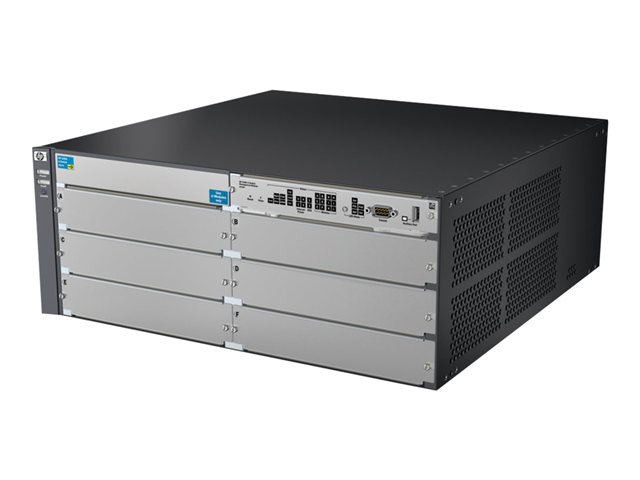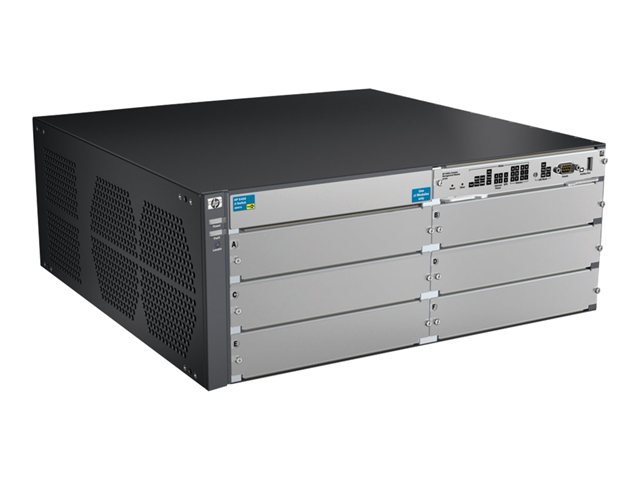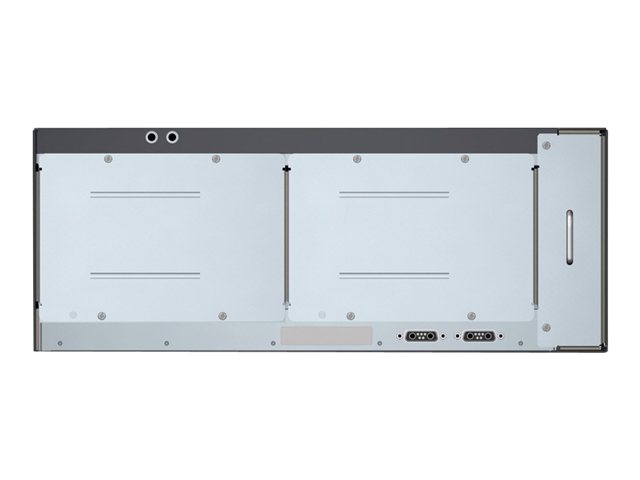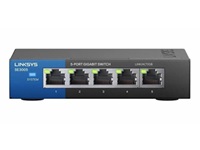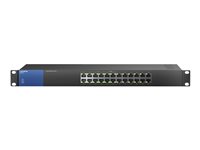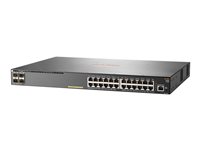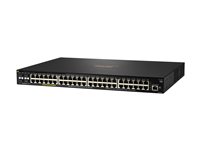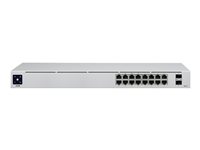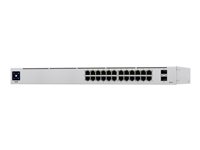Product description
The HPE 5400 zl Switch Series is a HPE Networking ASIC based modular switch designed for enterprise-edge, SMB, and branch office core deployments. This Layer 3 switch has 760 Gbps backplane and license free software with an advanced Layer 2 and 3 feature set including IPv6, IPv4 BGP, policy based routing, OSPF and robust QoS. Virtualization with HPE AllianceOne solutions and flexible connectivity including 1 and 10 Gigabit Ethernet and PoE+, the 5400 zl Switch Series is Software-defined Network (SDN) ready with support for OpenFlow.
Product features
- Flexible, scalable and ready for the campus network
The HPE 5400 zl Switch Series provides flexibility, scalability and ease of use for enterprise edge, SMB, and branch office core deployments. This modular switch has license free software with an advanced Layer 2 and 3 feature set; IPv4 BGP, policy based routing, IPv4/IPv6 OSPF, and robust QoS. Purpose-built HPE Networking ASIC delivers wire-speed classification and policy enforcement. This hardware-based control of access and traffic allows protection, detection and response to network threats with no network performance degradation. Robust virtualization with versatile HPE AllianceOne service modules. Software-defined Network (SDN) ready with OpenFlow support for future proofing your network. - Security and quality of service
The HPE 5400 zl Switch Series includes security and quality of services features so your network can more securely deliver the performance your users require. Flexible authentication options include Local MAC Authentication, 802.1X, MAC and Web Authentication, for enhanced security and policy-driven application authentication. Advanced distributed denial of service (DDOS) protection, such as DHCP Snooping, IP Source Guard, and ARP Protection, and flexible traffic controls, such as policy-based routing, QoS, and ACLs, to manage end-to-end application priorities. Powerful multilevel-access security controls, such as varying security management login, RADIUS/TACACS+, and SSH to enhance security and control change management access. Defend the edge of your IPv6 network with DHCPv6 Protection and Dynamic IPv6 Lockdown. - Single view of the network
The HPE 5400 zl Switch Series can be seamlessly managed with HPE Intelligent Management Center (IMC) Software Platform to provide end-to-end network transparency with consistent network experience through comprehensive configuration, compliance and policy management. RMON, XRMON and sFlow provide advanced monitoring and reporting capabilities for statistics, history, alarms and events. - Performance
High-speed, high-capacity architecture: 1 Tbps crossbar switching fabric provides intra-module and inter-module switching with 585.6 million pps throughput on the purpose-built ProVision ASICs. Selectable queue configurations: allows for increased performance by selecting the number of queues and associated memory buffering that best meet the requirements of the network applications. - Resiliency and high availability
Virtual Router Redundancy Protocol: allows groups of two routers to dynamically back each other up to create highly available routed environments. IEEE 802.1s Multiple Spanning Tree Protocol: provides high link availability in multiple VLAN environments by allowing multiple spanning trees; encompasses IEEE 802.1D Spanning Tree Protocol and IEEE 802.1w Rapid Spanning Tree Protocol. IEEE 802.3ad Link Aggregation Control Protocol (LACP) and HPE port trunking: support up to 144 trunks, each with up to eight links (ports) per trunk. Distributed trunking: enables loop-free and redundant network topology without using Spanning Tree Protocol; allows a server or switch to connect to two switches using one logical trunk for redundancy and load sharing. Optional redundant power supply (HPE 5400 series): provides uninterrupted power and allows hot-swapping of the redundant power supplies when installed. - Layer 2 switching
VLAN support and tagging: supports the IEEE 802.1Q standard and 2,048 VLANs simultaneously. IEEE 802.1v protocol VLANs: isolate select non-IPv4 protocols automatically into their own VLANs. GARP VLAN Registration Protocol: allows automatic learning and dynamic assignment of VLANs. IEEE 802.1ad Q-in-Q: increases the scalability of an Ethernet network by providing a hierarchical structure; connects multiple LANs on a high-speed campus or metro network. MAC-based VLAN: provides granular control and security; uses RADIUS to map a MAC address/user to specific VLANs (requires v2 modules).





